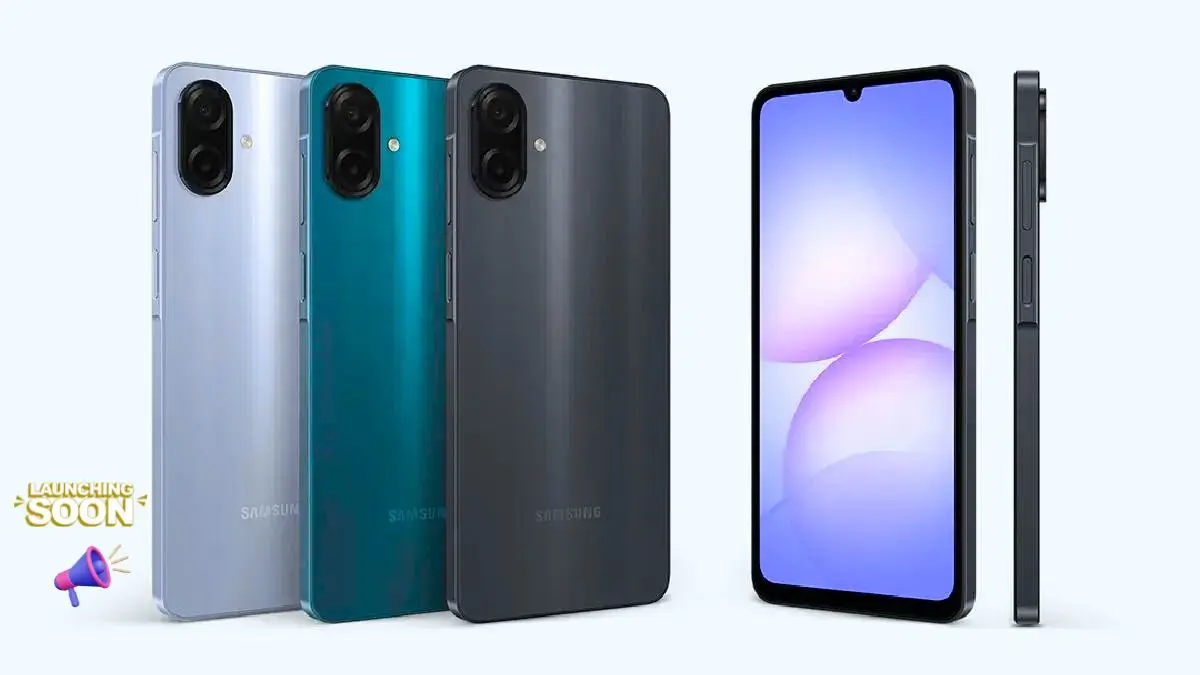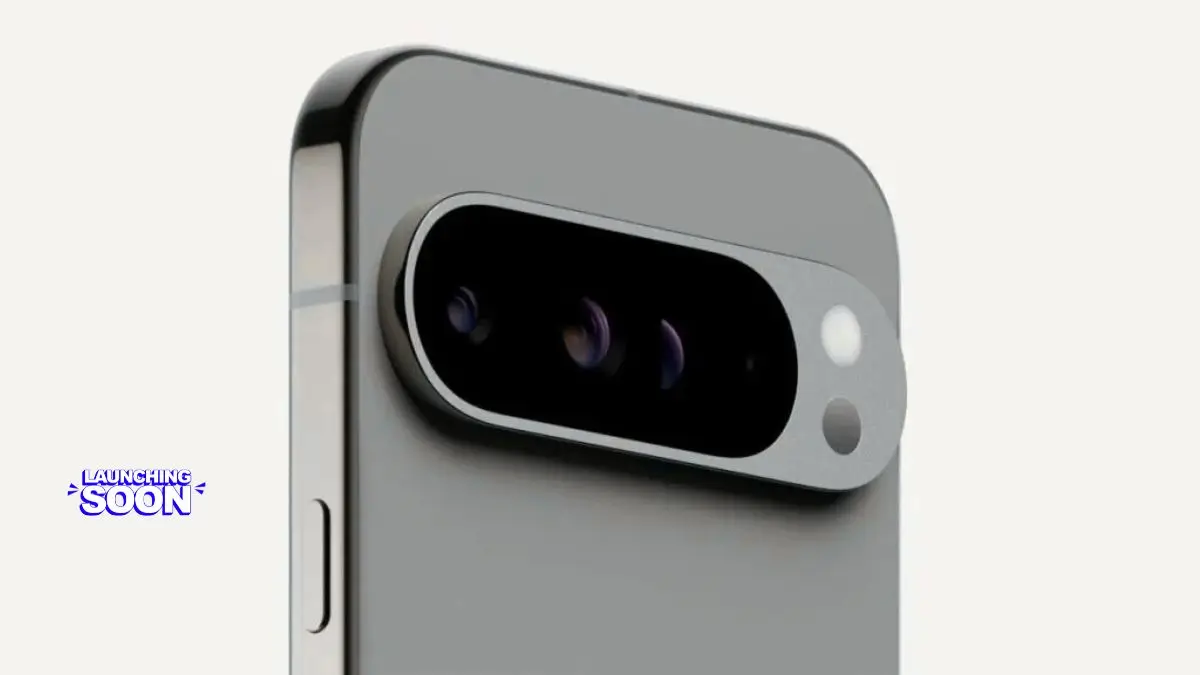The OnePlus 15 is a top contender in India. It’s built around the Qualcomm Snapdragon 8 Elite Gen 5 SoC. This chip has a powerful CPU and GPU for fast Android performance.
It also has AI and an upgraded ISP for better camera quality and quick system responses.
The 12GB LPDDR5X memory is a high-performance choice. It offers faster data transfer and lower latency than LPDDR5. This is great for multitasking and playing games.
With 256GB UFS 4.1 storage, the OnePlus 15 loads apps and games quickly. It also makes the OS more responsive.
The Snapdragon 8 Elite Gen 5, 12GB LPDDR5X, and 256GB UFS 4.1 are key specs for the OnePlus 15. They affect benchmark results, performance under load, camera speed, and the user experience. We’ll explore these aspects further, including performance, thermal behavior, and real-world features and pricing in India.
OnePlus 15 vs iQOO 15 — performance comparison and benchmark implications
The debate between OnePlus 15 and iQOO 15 focuses on performance and real-world use. Both phones have the Snapdragon 8 Elite Gen 5. But, how they perform depends on vendor tuning, cooling, and software.
This comparison looks at CPU scores, GPU performance, and multitasking. It also considers the impact of 12GB LPDDR5X RAM and UFS 4.1 storage on app load times and gaming.
Raw CPU and GPU performance with Snapdragon 8 Elite Gen 5
The new prime core cluster in the Snapdragon 8 Elite Gen 5 offers better performance. It has higher peak clocks and sustained throughput. This means tasks that need single-thread speed will see improvements.
Multi-core workloads benefit from the redesigned core layout and bigger cache. This results in higher benchmark numbers and better responsiveness in real use.
Adreno GPU updates aim for higher clocks and better shader efficiency. Synthetic tests like Geekbench, AnTuTu, and GFXBench will show these improvements. If both phones use the same silicon, differences in scores will depend on thermal limits and clock targets.
Real-world multitasking with 12GB LPDDR5X RAM
Twelve gigabytes of LPDDR5X RAM provides high bandwidth for multitasking. It allows for many apps to run in the background without reloading. This makes gaming and switching between apps smoother.
OnePlus focuses on app continuity with its OxygenOS memory management. iQOO might trim aggressively or use OS-level compression. This affects how well the phone handles multitasking.
Storage speed impact: UFS 4.1 benchmarks and app load times
UFS 4.1 storage is faster than UFS 3.1, offering higher sequential read/write and IOPS. This means apps install faster, games load quicker, and updates unpack faster. Boot and cold-start times also improve, and file transfers to a PC are quicker.
For games, UFS 4.1’s higher throughput and lower latency are beneficial. Heavy I/O tasks like photo edits or large updates complete faster. The specs advantage of UFS 4.1 is seen in benchmarks and daily use, affecting gaming and app performance.
| Area | OnePlus 15 (expected) | iQOO 15 (expected) |
|---|---|---|
| CPU scores | High single-core spikes, strong multi-core throughput | Similar peaks, possible variance from thermal tuning |
| GPU performance | Elevated frame rates with thermal headroom | Comparable raw GPU, may sustain higher clocks under heavy cooling |
| Multitasking (12GB LPDDR5X) | Good app retention with OS tuning for continuity | Aggressive memory cleaning can free RAM but may reload apps |
| Storage (UFS 4.1) | Faster installs and load times versus UFS 3.1 | Same UFS 4.1 gains; vendor tuning affects real throughput |
| Gaming performance | Smoother long sessions if cooling is effective | Potential for better sustained fps with stronger thermal design |
Processor and thermal design — Snapdragon 8 Elite Gen 5 optimizations
The Snapdragon 8 Elite Gen 5 has a special mix of high and low-power cores. It also has a better ISP and NPU. This design makes single-thread speeds faster and uses less energy for AI tasks.
The chip’s advanced process node makes it more efficient and powerful. It can handle demanding apps better than before.
The chip has a special core for top performance, balanced mid cores, and efficiency cores. This setup keeps gaming smooth and photo processing fast. It also moves tasks to the right core to save energy and avoid slowdowns.
Chip architecture and process node advantages
The Snapdragon 8 Elite Gen 5 has a new core cluster design. It boosts peak frequency without using too much power. The new node also improves transistor efficiency, making AI and camera tasks faster and more battery-friendly.
This architecture also helps with sustained tasks. It makes sure the chip transitions smoothly between cores. This reduces heat and keeps performance stable over time.
Thermal management: cooling solutions in OnePlus 15
The OnePlus 15 has a special cooling system. It includes a large vapor chamber, graphite sheets, heat pipes, and thermal gel or graphene pads. These parts help keep the chip cool and maintain high speeds longer.
The phone also has software that helps with cooling. It adjusts CPU and GPU frequencies and offers different performance modes. This makes the OnePlus 15 perform well in short gaming bursts and steady long-term use.
Good cooling means the phone can run at top speeds for longer. This keeps gaming smooth and uninterrupted.
Power efficiency and battery life expectations
The Snapdragon 8 Elite Gen 5 is more power-efficient. This means longer battery life for everyday use. Gaming will still drain the battery, but the chip’s efficiency and cooling help extend playtime.
Bigger batteries and fast charging also play a role. Adaptive charging and battery health modes help keep the battery healthy. Real-life battery life depends on how you use the phone and its settings.
- Performance: steady sustained speeds with fewer thermal dips.
- Power efficiency: lower average draw for background and AI tasks.
- Battery life: improved mixed-use endurance, variable during heavy gaming.
- Cooling solutions: crucial to minimize performance throttling over time.
Memory and storage: benefits of 12GB LPDDR5X and 256GB UFS 4.1
The OnePlus 15 has 12GB LPDDR5X and 256GB UFS 4.1. It’s made for those who need fast multitasking and lots of storage. This combo improves gaming and app loading times. Let’s dive into how it affects real use in India.
LPDDR5X offers faster data rates and uses less power than before. It also cuts down memory latency. This means smoother gaming and quicker app switching.
More memory bandwidth is great for modern mobile games. It helps with large textures and background services. This results in fewer stutters and reloads, making games run smoother.
UFS 4.1 boosts sequential and random throughput. This means faster file moves and app loading. It also lowers OS and app latency, making everything quicker.
Faster storage is key for recording video or installing big games. It reduces write stalls, making recording and installing faster. This is especially true for 4K video and large games.
For heavy users, storage planning is crucial. Games and 4K video can take up a lot of space. The 256GB UFS 4.1 offers enough room for many, but remember the OS and apps take up space too.
Fast storage means quicker updates and downloads. It’s a big win for content creators and gamers. When comparing the OnePlus 15 and iQOO 15, look at their memory and storage for the best experience.
Display and multimedia features influencing user experience
The OnePlus 15 combines advanced display tech with top-notch multimedia features. It aims to enhance daily use. Brightness, color accuracy, and motion handling are key for creators, gamers, and movie lovers.
Panel type, refresh rate, and HDR capabilities
The OnePlus 15 might use an AMOLED panel for deep blacks and wide colors. High peak brightness makes it easy to see outside. It also supports HDR formats like HDR10+ or Dolby Vision for better contrast and tone.
It aims for a 120Hz refresh rate for smooth animations. This rate, along with high touch sampling and reduced motion blur, makes apps and games more responsive.
Audio, codec support, and media playback quality
Stereo speakers tuned with Dirac or Dolby offer a wider soundstage. This is great for movies and music. Users in India will enjoy better sound quality for both local and international content.
Bluetooth audio codecs like LDAC, aptX Adaptive, and AAC support are important for wireless sound quality. They let listeners choose between low-latency or high-resolution audio. A built-in DAC is rare, so software and codec support are crucial for high-res media playback.
Gaming display enhancements and adaptive refresh behavior
Adaptive refresh systems adjust between low and high rates to save battery. They drop to near 1–10Hz for static content and jump to 120Hz+ for fast action.
Gaming features include high touch sampling, MEMC or frame interpolation, anti-aliasing toggles, and OEM game modes. These options make games smoother and extend gaming sessions on a single charge.
The OnePlus 15 vs iQOO 15 debate focuses on display specs, HDR rendering, and audio codecs. These aspects shape the daily user experience.
Camera system and imaging performance compared to rivals
Image quality on top phones comes from both hardware and software. The OnePlus 15 and iQOO 15 have big main cameras and extra lenses for wide shots and zoom. They also have OIS for steady photos and fast PDAF for sharp focus.
Sensor size, pixel binning, and lens aperture affect how much detail and range you get. This base is then improved by image processing software. This is true for both bright and dark lighting conditions.
Hardware specs: sensors, OIS, and lens configuration
Look for a 50–64MP main camera from Sony or OmniVision. These phones also have a 12–50MP ultra-wide and a 64–120mm telephoto lens. Optical image stabilization is standard on the main camera.
Pixel binning helps these sensors capture better images in low light. Wider apertures and bigger pixels also help bring in more light. This means better exposure and range before the ISP gets involved.
Image processing powered by the Snapdragon 8 Elite Gen 5
The ISP and NPU in the chip work together to improve image quality. They handle tasks like stacking frames, denoising, and HDR in real-time. This means features like bokeh preview and night shots work faster.
OnePlus aims for bolder colors and more saturation. iQOO prefers more neutral colors and less sharpening. This results in different looks when comparing the OnePlus 15 and iQOO 15.
Low-light, portrait, and video stabilization performance
For low-light shots, OIS and stacking are key to reducing blur and keeping details. Phones with bigger sensors and more stacking do better in the dark. Portrait mode quality depends on the lens and software used.
Video stabilization combines OIS and EIS with ISP help. Good 4K/60 video needs efficient processing to avoid dropped frames. Codec support like HEVC helps with video quality, but can also push the phone’s limits.
Pricing, availability, and target user experience in India

The OnePlus 15 will likely cost a lot in India. It will have a top-notch processor, 12GB RAM, and 256GB storage. The price will be compared to other phones. Look out for extra features like accessories and warranty.
There will be different versions of the phone. The basic one will be the cheapest. The more expensive versions will have better cameras and batteries. How well the phone works over time also matters.
Expected pricing tiers and value proposition
In India, phones like the OnePlus 15 start at a high price. The price will depend on what extras you get. OnePlus aims to offer great value by balancing hardware and software.
Market availability, carrier support, and launch timing
You can buy the OnePlus 15 online or in stores. Early buyers might get discounts or free accessories. Make sure the phone works well with your carrier.
Who should buy: performance seekers, mobile gamers, content creators
People who want a top-notch phone should consider the OnePlus 15. It’s great for gaming and has fast software updates. The choice between the OnePlus 15 and iQOO 15 depends on your budget and needs.
Content creators will like the OnePlus 15’s camera and display. It’s also good for multitasking thanks to its fast memory and storage.
| Buyer Type | Key Needs | OnePlus 15 Fit | Consideration vs iQOO 15 |
|---|---|---|---|
| Performance seeker | Smooth UI, updates, balanced specs | Strong software polish and display accuracy | Compare raw benchmarks and pricing |
| Mobile gamer | Sustained FPS, touch response, cooling | Good thermal design and consistent frame rates | iQOO may offer aggressive gaming tuning at times |
| Content creator | Fast storage, imaging pipeline, color accuracy | UFS 4.1 throughput and calibrated display | Compare camera samples and software tools |
| Value buyer | Price, warranty, service network | Competitive pricing plus OnePlus service reach | iQOO may undercut on price during launch India offers |
Conclusion
The OnePlus 15 vs iQOO 15 comparison highlights the Snapdragon 8 Elite Gen 5’s impact. The OnePlus 15 offers 12GB LPDDR5X RAM and 256GB UFS 4.1 storage. This means faster multitasking and app loading in everyday use.
Benchmarks are important, but real-world performance and user experience differ. The OnePlus 15 and iQOO 15 have unique strengths.
When it comes to features, there are clear trade-offs. OnePlus focuses on balanced imaging and software polish. On the other hand, iQOO aims for aggressive gaming performance and lower prices.
Battery capacity, charging speeds, and cooling solutions also play a role. These factors affect the value for buyers in India. Consider local pricing and carrier offers when making your choice.
In summary, the OnePlus 15 is great for those who value software refinement and display quality. It offers balanced performance. If you’re looking for top gaming performance or a low price, the iQOO 15 is worth considering.
Use this comparison to decide which phone meets your needs and expectations in India. Look at specs, performance, features, pricing, and camera quality. Also, read hands-on reviews to make an informed decision.
FAQ
What are the OnePlus 15’s headline hardware specs?
The OnePlus 15 has the Qualcomm Snapdragon 8 Elite Gen 5 SoC. It also has 12GB LPDDR5X RAM and 256GB UFS 4.1 storage. This setup aims for top CPU/GPU performance, better memory for smooth tasks, and quicker app installs.
How does the Snapdragon 8 Elite Gen 5 improve performance versus prior Snapdragon chips?
The Snapdragon 8 Elite Gen 5 has higher peak clocks and an optimized core cluster. Its Adreno GPU boosts shader and raster performance. It also has a better ISP and NPU for faster imaging and AI tasks.Real-world gains depend on thermal tuning. But, you can expect better single- and multi-core performance and sustained performance under load.
Why is 12GB LPDDR5X meaningful for everyday use and gaming?
LPDDR5X offers faster data rates and lower latency than LPDDR5. It also uses less power. At 12GB, it provides enough performance for background apps, fast app switching, and smoother gaming.
What practical benefits does 256GB UFS 4.1 give over UFS 3.x?
UFS 4.1 has higher read/write speeds and better random IOPS. This means faster app installs, quicker game loads, and quicker OS updates. It also reduces stalls when recording high-bitrate video or unpacking large game assets.
If OnePlus 15 and iQOO 15 share the same chipset, why do benchmark scores differ?
Thermal design, firmware power profiles, and clock targets cause real-world differences. Even with the same silicon, OnePlus and iQOO have different thermal headroom and frequency curves. These choices affect peak scores and sustained performance.
How does OnePlus manage thermals on the OnePlus 15?
OnePlus uses a layered cooling approach with vapor chamber, graphite, and graphene sheets. It also has heat pipes and thermal gels. Software controls like dynamic frequency scaling and performance modes help manage thermals.
What battery life and charging behavior should buyers expect?
Battery life depends on capacity, display refresh, and the Snapdragon 8 Elite Gen 5’s efficiency. Expect a daylong battery with normal tasks. Heavy gaming and 4K video recording will drain it faster. Fast charging and battery care features shorten downtime and maintain longevity.
How does the OnePlus 15 display stack up for media and gaming?
The OnePlus 15 has an OLED/AMOLED panel with high peak brightness and precise color calibration. It supports HDR and adaptive refresh for bright, accurate media viewing and smooth gaming. High touch sampling and low latency enhance gaming.
What audio and codec support should users expect?
Expect stereo speakers for clarity and punch, plus common Bluetooth codecs like LDAC and aptX Adaptive. Hi-Res wired DAC presence varies by model. Software enhancements improve media playback, especially for wireless headphones.
What camera hardware and stabilization features are likely on the OnePlus 15?
Expect a large primary sensor, ultra-wide sensor, and either a telephoto or short-tele module. The main lens has OIS and fast PDAF. Sensor size, aperture, and pixel binning determine image quality. OIS and processing improve low-light shots and video stabilization.
How does the Snapdragon 8 Elite Gen 5’s ISP affect photos and video?
The ISP and NPU accelerate multi-frame fusion, denoising, HDR, and AI features. This enables better dynamic range, cleaner low-light images, and advanced video codecs. OnePlus and iQOO tune ISP output differently, affecting color science and sharpening.
For Indian buyers, how should pricing and value influence the OnePlus 15 vs iQOO 15 decision?
Both phones are in the premium segment. Evaluate local pricing, bundled accessories, warranty, and software update promises. OnePlus focuses on balanced refinement and display quality. iQOO may offer aggressive price-to-performance or gaming tuning—compare local offers before deciding.
Who is the OnePlus 15 best suited for?
The OnePlus 15 is for users seeking a balanced flagship. It offers strong performance, polished software, accurate display, and fast storage. It’s great for mobile gamers, content creators, and power users who value multitasking and display quality.
Will firmware and software optimizations affect camera and performance over time?
Yes. Software updates can refine thermals, improve RAM and storage management, and tune camera algorithms. Post-launch firmware often narrows performance differences between rivals or unlocks improved imaging behavior.
What connectivity and carrier support should Indian buyers check before purchase?
Verify 5G band compatibility, VoLTE/VoWiFi support for local carriers, and network certification for India. Also check Wi-Fi 6/6E, Bluetooth codec support, and NFC availability for contactless payments and seamless pairing.










